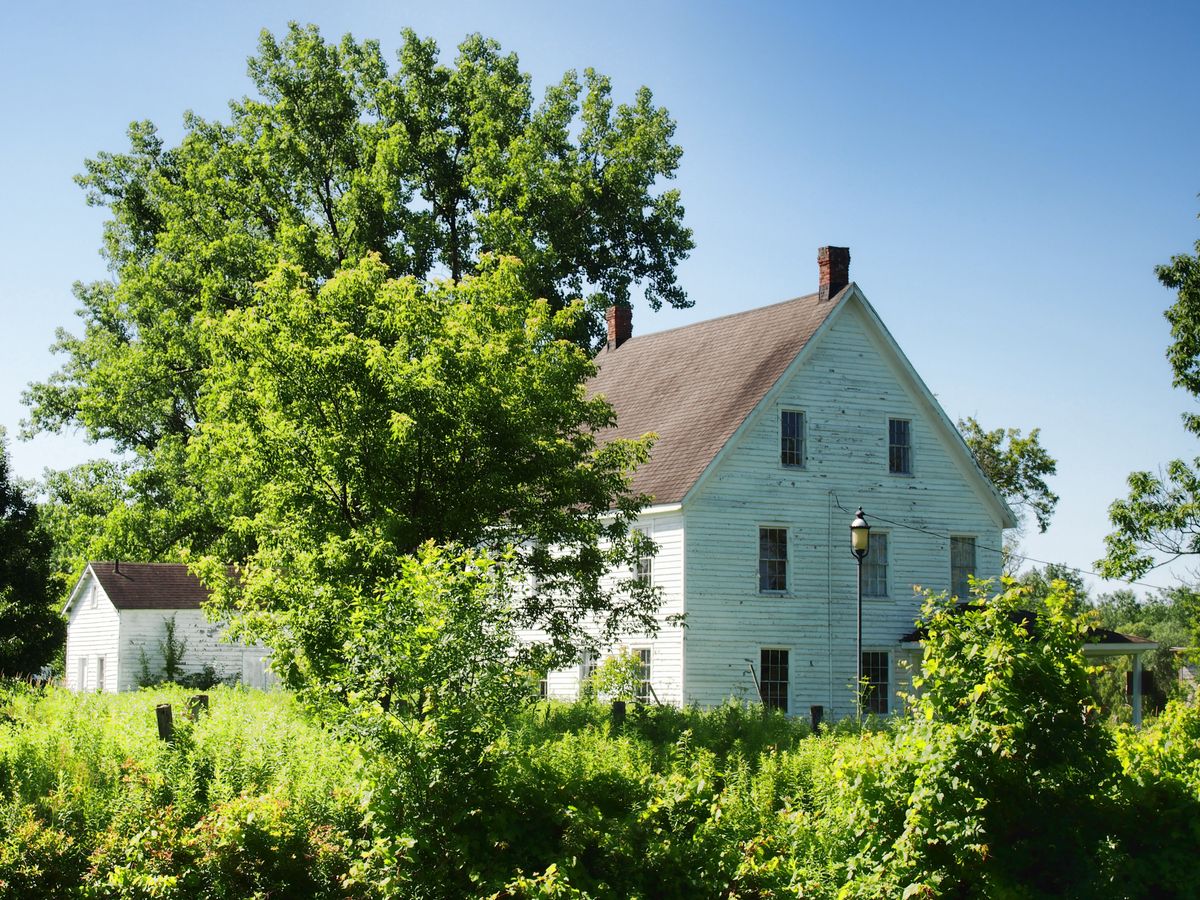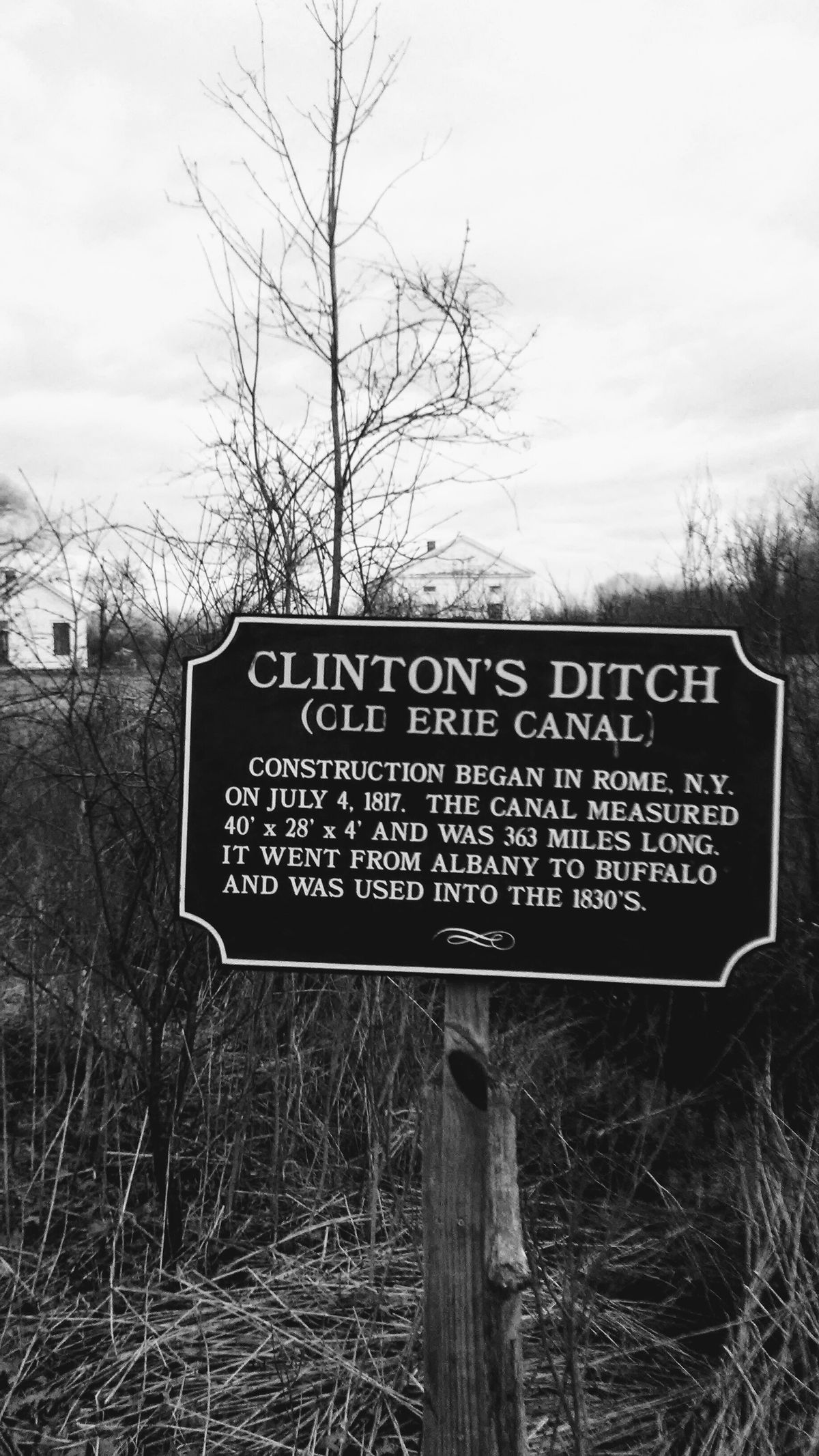About
For many years, the Erie Canal Village outside Rome, New York was a beloved tourist attraction and educational activity. A recreation of a mid-19th century village, it was built in the 1970s to evoke the Golden Age of canal travel, before the railroads, when America's inland waterways were at the height of their importance.
Over the last several years, the assemblage of historic buildings has slowly fallen into disrepair, and eventually closed. Today, after several changes in ownership, the site is privately owned and efforts are being made to restore the historic buildings after being neglected for several years. Restoration of the buildings is a race against time as some structures are deemed beyond saving, and the packet boat was removed from the canal in 2022. Zoning laws were changed by the city of Rome creating a heritage district, allowing the site to operate as a living history musuem.
While the village's historic buildings have mostly been transported to the site from elsewhere in the state, the geographic site itself is also historic: It's the spot where, in 1817, the first shovel of dirt was turned to dig the Erie Canal, which at that point was often referred to sarcastically as "Clinton's Ditch" after New York governor DeWitt Clinton. The canal went on to become an early gateway to the West for settlers and a major transportation route for furs, lumber, and other regional products.
The importance of the canal was commemorated at the Erie Canal Village, which once featured a mule-drawn packet boat, a narrow-gauge railroad, a museum, and a host of historic buildings including a church, a one-room schoolhouse, a blacksmith shop, and a number of homes. A wooden bridge was built over the canal as an entrance to the village.
Related Tags
Published
July 12, 2017










































